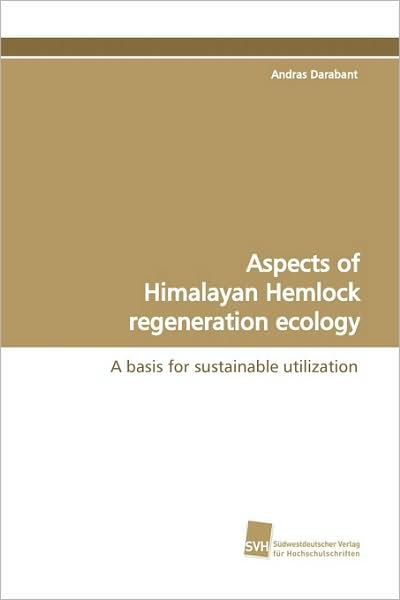
Tell your friends about this item:
Aspects of Himalayan Hemlock Regeneration Ecology: a Basis for Sustainable Utilization
Andras Darabant
Aspects of Himalayan Hemlock Regeneration Ecology: a Basis for Sustainable Utilization
Andras Darabant
Regeneration ecology of Himalayan Hemlock (Tsuga dumosa) dominated conifer forests in Bhutan is little understood and poses silvicultural challenges. Small-seeded hemlock and East Himalayan Spruce (Picea spinulosa) are restricted to decomposed nurse logs and moss pads. Both species avoid other forest floor microsites, especially bamboo litter. Larger-seeded Himalayan Silver Fir (Abies densa) and Blue Pine (Pinus wallichiana) are able to regenerate on a wider range of substrates, but not on bamboo litter. Under competition by the palatable bamboo Yushania microphylla in gaps, cattle grazing facilitates conifer regeneration, likely through increased light on the ground and the availability of suitable substrates. Large silvicultural openings do not support high tree seedling densities, where shading by understory vegetation facilitates hemlock regeneration. Smaller openings should be created to maintain microclimatic conditions necessary for mosses and large size logs and snags should be retained as nurse logs for regeneration of hemlock and spruce. In openings dominated by palatable bamboos, vegetation should be managed through moderate cattle grazing.
| Media | Books Paperback Book (Book with soft cover and glued back) |
| Released | March 3, 2009 |
| ISBN13 | 9783838101460 |
| Publishers | Suedwestdeutscher Verlag fuer Hochschuls |
| Pages | 64 |
| Dimensions | 99 g |
| Language | English |
See all of Andras Darabant ( e.g. Paperback Book )

